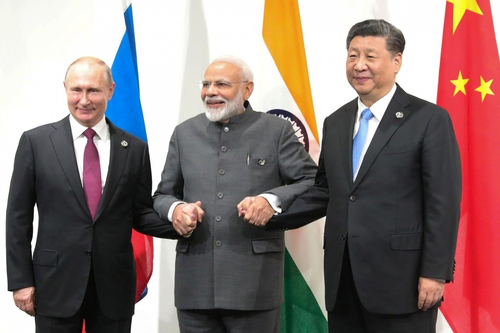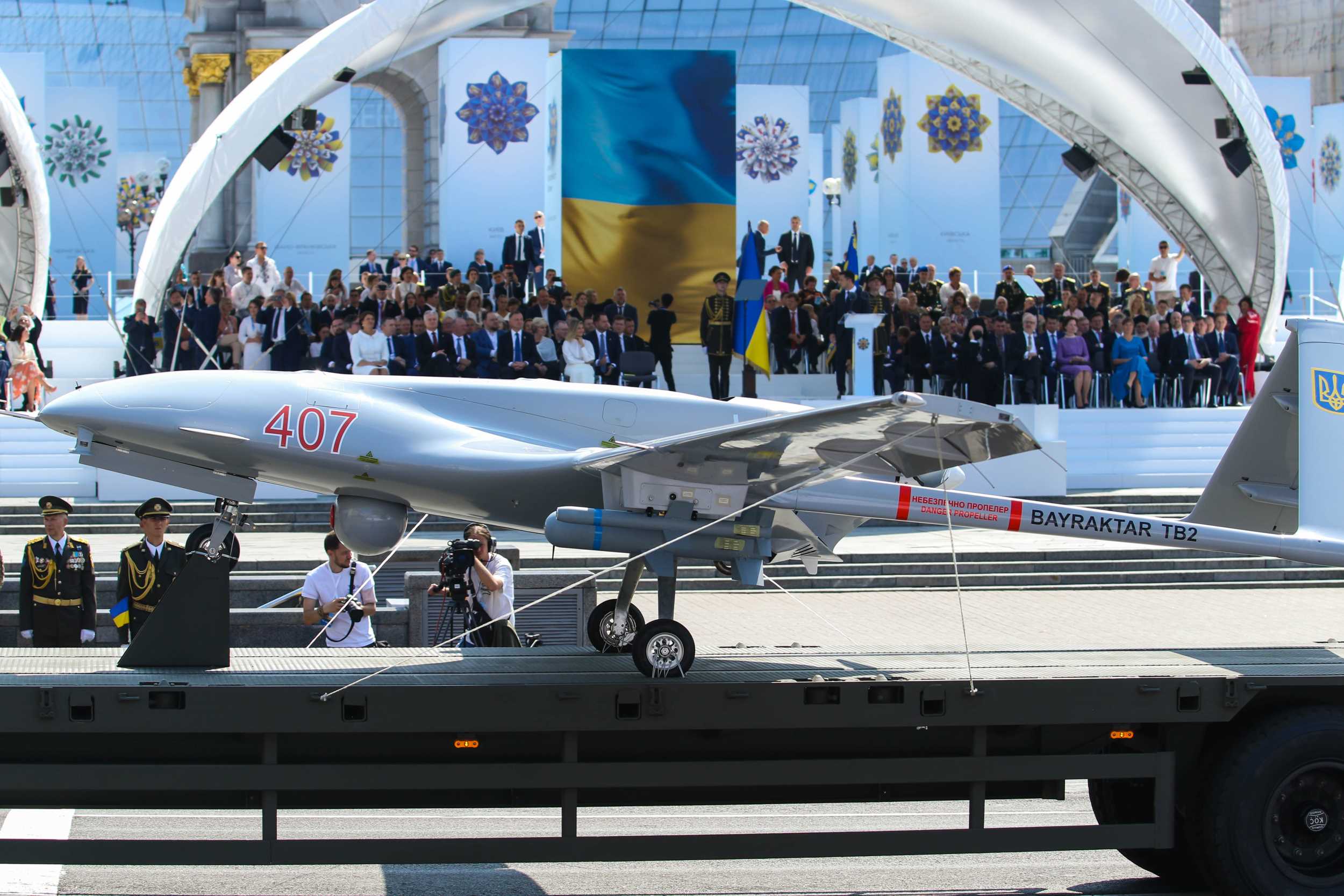As the anniversary of Russia’s invasion of Ukraine approaches, it is worth reflecting on the scale of Russia’s failure to achieve its military goals over the last year and the reasons for that failure. Russia’s primary goals at the start of the war were to have a firm say over Ukraine’s foreign policy and internal governance, block further NATO expansion and weaken the West, and end Ukrainian defense cooperation with NATO members. Russia’s leadership had decided that Ukrainian promises could not be trusted and wanted to install a pro-Russian government in Kyiv. If that proved too difficult, partition was an alternative possibility, with a pro-Russian government for most of Ukraine and a separate western Ukraine that would depend on the West.
Russia’s war plan from the start consisted of a primary lightning strike on Kyiv for the purpose of eliminating the Zelensky government, a secondary effort moving north from Crimea in order to take control of Ukraine’s southern coast and connect to Transnistria, and another secondary effort designed to surround and destroy the main Ukrainian military force situated in the Donbas region. This effort did not go as planned. Most analysts had expected a period of days or weeks during which Russia would conduct an air and missile strike campaign before the start of a ground invasion, in order to wipe out air defenses and the Ukrainian air force. They also believed that Russia would prioritize fighting in the east and south, with an attack on Kyiv potentially coming later in the effort.
Although Russian forces made significant initial territorial gains on all fronts, these gains were not as extensive as they expected. Russian forces got bogged down near Kyiv and failed in the primary regime change effort. After initial rapid advances in the south, they were stopped near Mykolaiv and could not advance on Odessa or north toward Zaporizhya. The Ukrainian resistance in Mariupol pinned down a large number of Russian troops, which could not move north into the Donbas, preventing the planned pincer movement.
Russia’s failures were the result of a combination of factors. Russian leaders misjudged the Ukrainian people, expecting much less resistance. Russian troops were not properly prepared for the effort in terms of either morale or logistics. Many troops had not been told they would be invading Ukraine. Military planners expected the war to last two to three weeks and did not stock enough supplies for a longer fight. The absence of an advance air campaign meant that Russia failed to eliminate Ukraine’s air defenses; Russian ground operations consequently took place with insufficient air support. The lack of prioritization in trying to attack on four fronts simultaneously meant that Russian forces were overstretched, given Ukraine’s size. Finally, Russian planners failed to develop a backup plan in case their initial war plans went awry.
Having failed in its initial war aims while sustaining high losses of both personnel and equipment, the Russian military sought to regenerate its forces and refocus its effort on more limited objectives. This phase of the war began in April, with Russia’s complete withdrawal from the north in order to focus on conquering the Donbas, which would give Putin an achievement that he could claim as a victory. The secondary effort from phase one in essence became the main focus of phase two. Between April and July, Russia made slow progress by using massed artillery to destroy Ukrainian units or force them to retreat. Russia had the advantage of more powerful artillery, but a lack of infantry meant that it could not turn that advantage into significant territorial gains. Both sides took high casualties, exacerbating Russia’s military manpower crisis. Meanwhile, Ukraine launched its first counteroffensive near Kharkiv, pushing Russian artillery beyond firing range of the city and reaching the Russian border in some places. It also began slowly regaining territory near Kherson, but in the summer, Ukraine lacked the manpower or weapons advantage to make a huge breakthrough.
Ukrainian counteroffensives began in earnest in late August, as longer-range Western weapons, particularly HIMARS rocket artillery, allowed Ukrainian forces to target Russian ammunition and fuel supply centers. In addition to directly reducing the availability of ammunition and fuel, the attacks strained Russian logistics and made resupply more difficult, forcing Russia to transport supplies longer distances, often by road rather than rail. Damage to Russian supply lines and the ongoing manpower shortage allowed Ukraine to break through Russian lines in several regions in September. Ukraine had spent the summer promising an offensive in Kherson, which had led Russia to transfer its best troops there, leaving Kharkiv lightly defended with low-quality troops. Ukraine’s surprise attack in that sector led to a rapid Russian retreat that liberated most of the occupied parts of the region in days, with Russian troops pulling back to the border in the north and to the Donets River in the east.
This success was followed by concurrent Ukrainian offensives in Kherson and Luhansk. In Luhansk, Ukrainian advances threatened supply lines for Severodonetsk, while in Kherson, Ukrainian forces liberated the northern part of the right bank, threatening to cut Russian forces in Kherson city off from retreat and making Russia’s remaining foothold on the right bank indefensible. The subsequent withdrawal allowed Russia to strengthen defenses in Zaporizhiya and the Donbas.
These territorial losses, which immediately followed Russia’s unilateral annexation of four partially occupied Ukrainian regions, were deeply embarrassing for the Russian leadership and led to a shift in Russian strategy. Beginning in October, Russia began to focus on a long-range precision missile strike campaign targeting civilian infrastructure across Ukraine with the goal of undermining the Ukrainian population’s support for the war. At the same time, it announced a partial mobilization of the civilian population to solve its manpower shortage. While mobilization was not a game changer, the added manpower allowed Russia to slow Ukrainian advances. These efforts led to another period of stalemate, with largely static front lines between mid-November and mid-February.
Russia is currently in the early stages of a new offensive effort to take territory in the Donbas. It has formed new units out of some of the mobilized soldiers, with the goal of providing them with sufficient training to attempt a counteroffensive. Ukraine is also preparing for a new offensive, likely to take place later in the spring, by accepting new Western equipment and accelerating training. While uncertainty prevails at present, the ability of Ukraine’s forces to incorporate Western equipment and training in order to retake occupied territory will play a critical role in shaping the future trajectory of the conflict.



